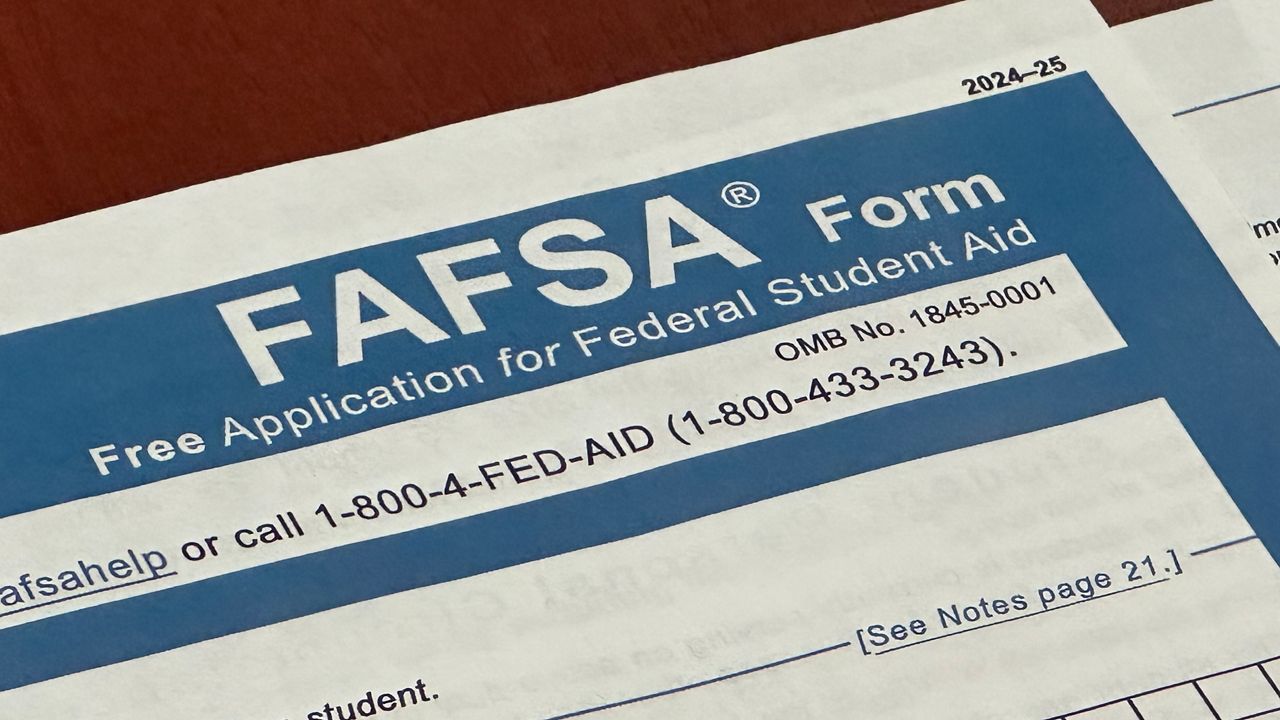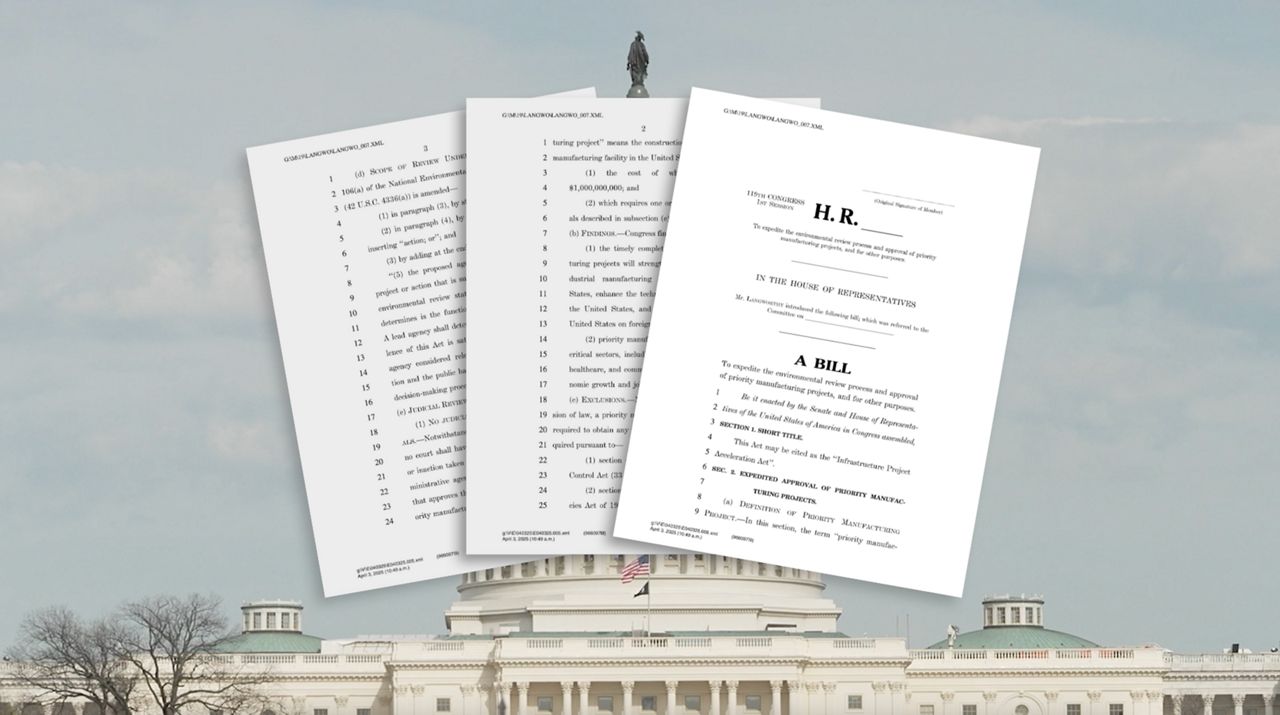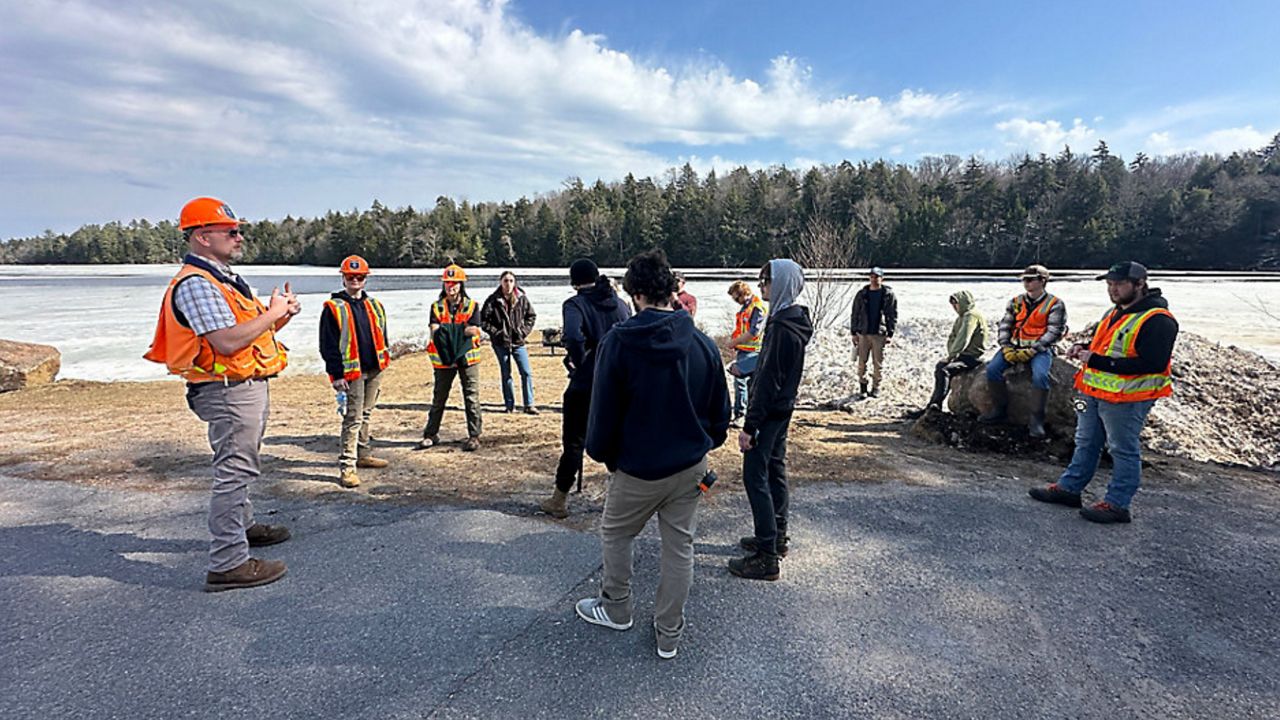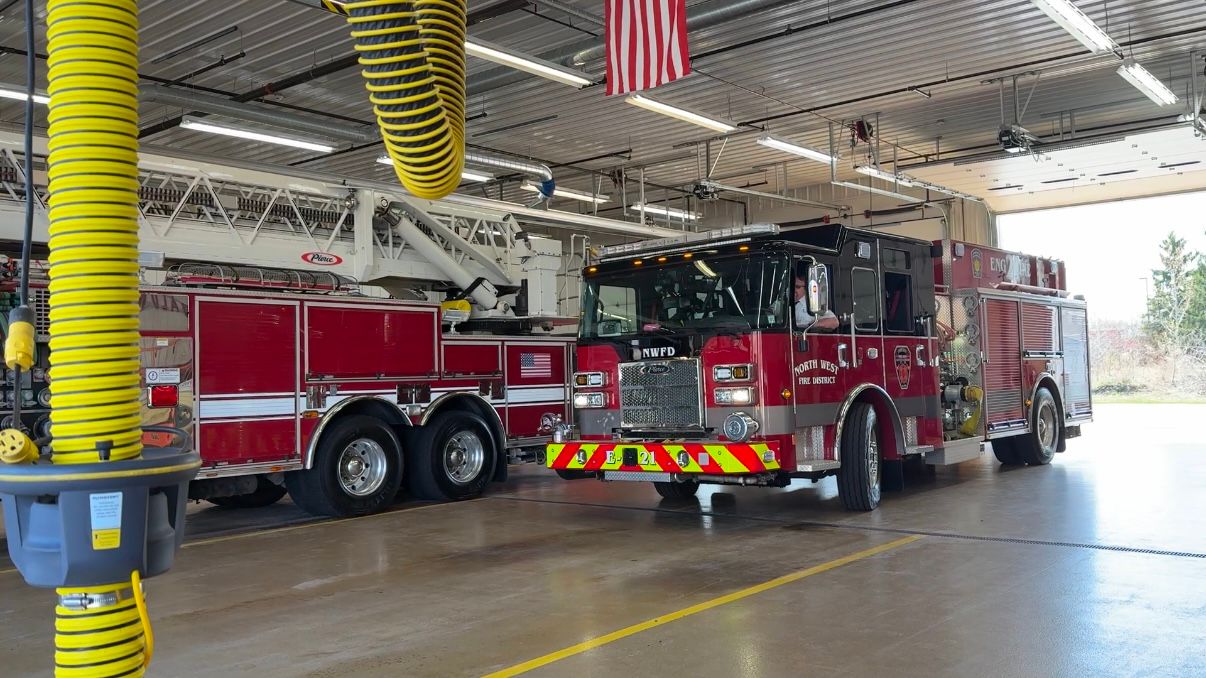America created a government “of the people, by the people, and for the people,” — in other words: a democracy. But who has the right to vote, and whose voices will be heard? Those are questions a traveling exhibit at the Smithsonian hopes to answer through historical photos, videos, and interactive multimedia. Its next stop is in Syracuse, an area rich in its own democratic history.
"Voices and Votes: Democracy in America" is now on display at the Skänoñh Great Law of Peace Center. The exhibit walks you through a history of voting rights in America — from the signing of the Declaration of Independence, through the Women’s and Civil Rights movements to now — painting a rich portrait of America over the years.
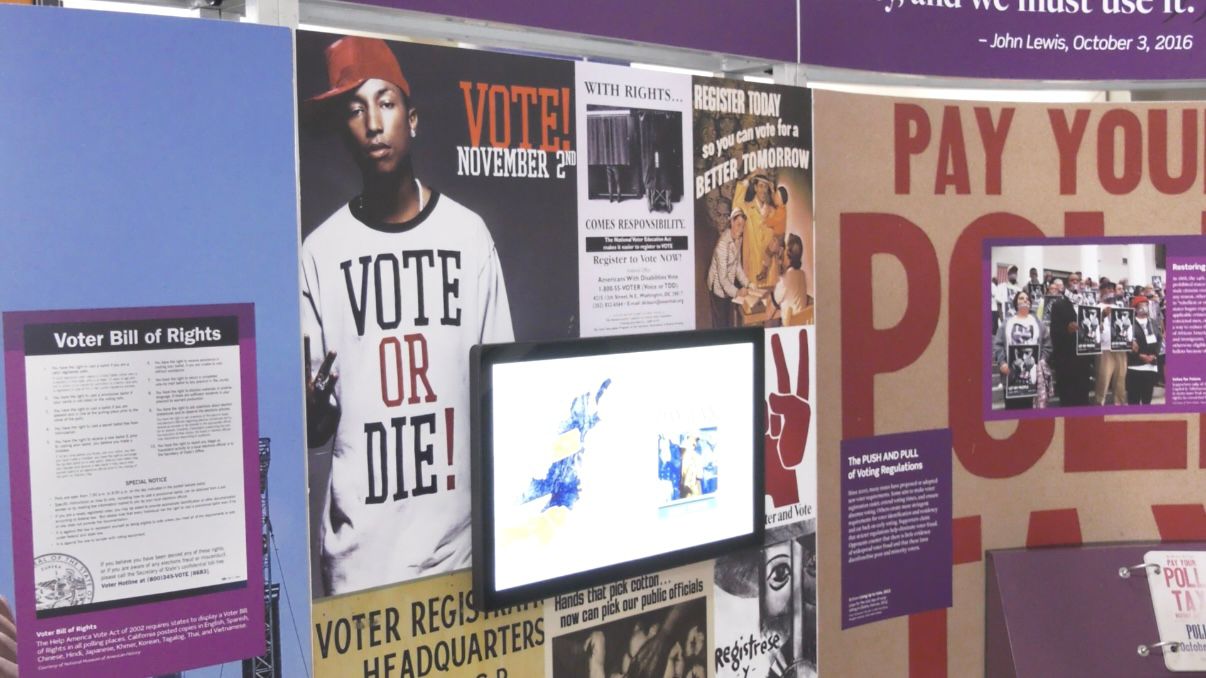

“I think it brings it down to a very personal level,” said Lisa Romano Moore, the executive director of the Onondaga Historical Association. “A little bit out of the textbook and more into peoples’ own effort to become or be a citizen and contribute to our nation and communities.”
As much as this exhibit celebrates democracy in America, it also celebrates its inspiration from those who were here first.
“Right here on Onondaga Lake in Syracuse, New York is the birthplace of Western democracy,” said Emerson Shenandoah, the director of the Skänoñh Great Law of Peace Center. “And it did not come from America, it came from Haudenosaunee people, it came from us establishing this Great Law of Peace.”
The Great Law of Peace, among many things, brought together five Haudenosaunee tribes and created a bicameral legislature — not unlike the one the United States uses. It’s a story you can see on the back of the Sacagawea coin as well as the $1 bill.
“Our peacemaker went to all the different nations and our warring nations and he brought one arrow, which he broke over his knee to represent and show that one nation by itself is weak,” explained Shenandoah. “And then he would take five arrows, bundle them together strongly and wrap them in sinew, and then he would show that you cannot break these five arrows, and together we are strong.”
You can see 13 bundled arrows in an eagle’s left tallon on the back on the $1 bill.

The Great Law of Peace also emphasized the importance of consensus decision making — or voting — and if understanding where our history comes from is an essential part of building a brighter future, then voting is a tool that can make that future a reality.
“Hopefully people leave this exhibit understanding their part in democracy and the role they can play simply with the act of voting.”
"Voices and Votes" will be on display in Syracuse until May 30. The Skänoñh Great Law of Peace Center is open seven days a week from 10 a.m. to 5 p.m. and visiting this exhibit is free. The exhibit’s next stop in New York will be in Monroe County in June. A full schedule of events can be found here.




